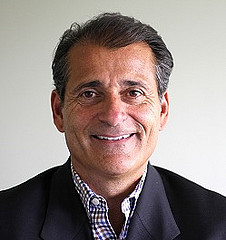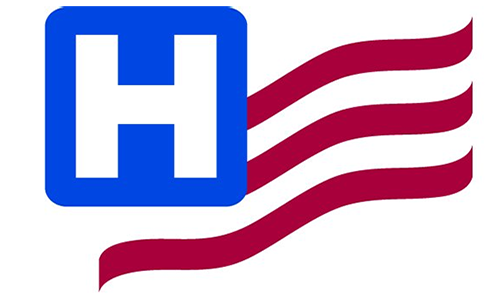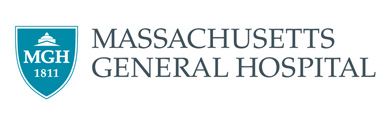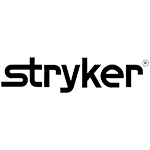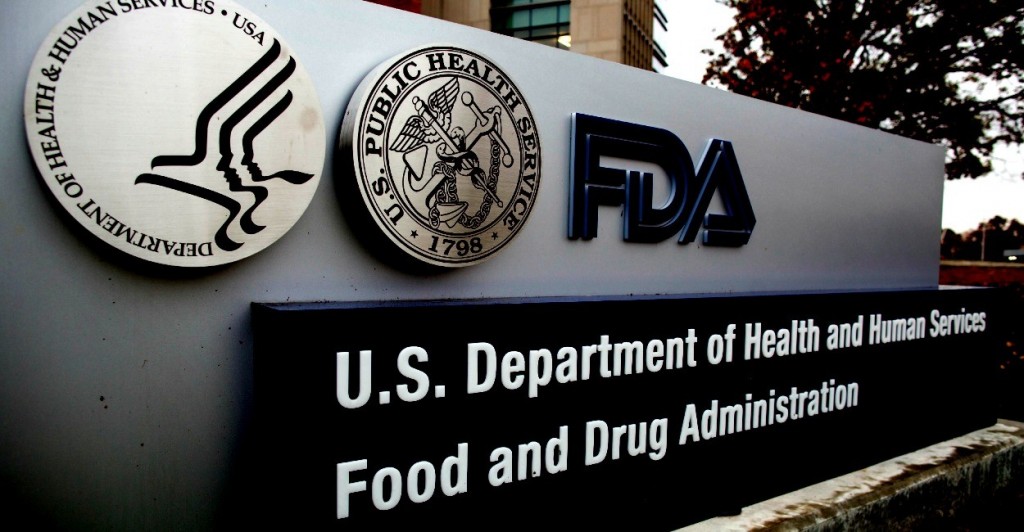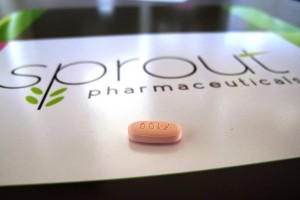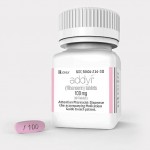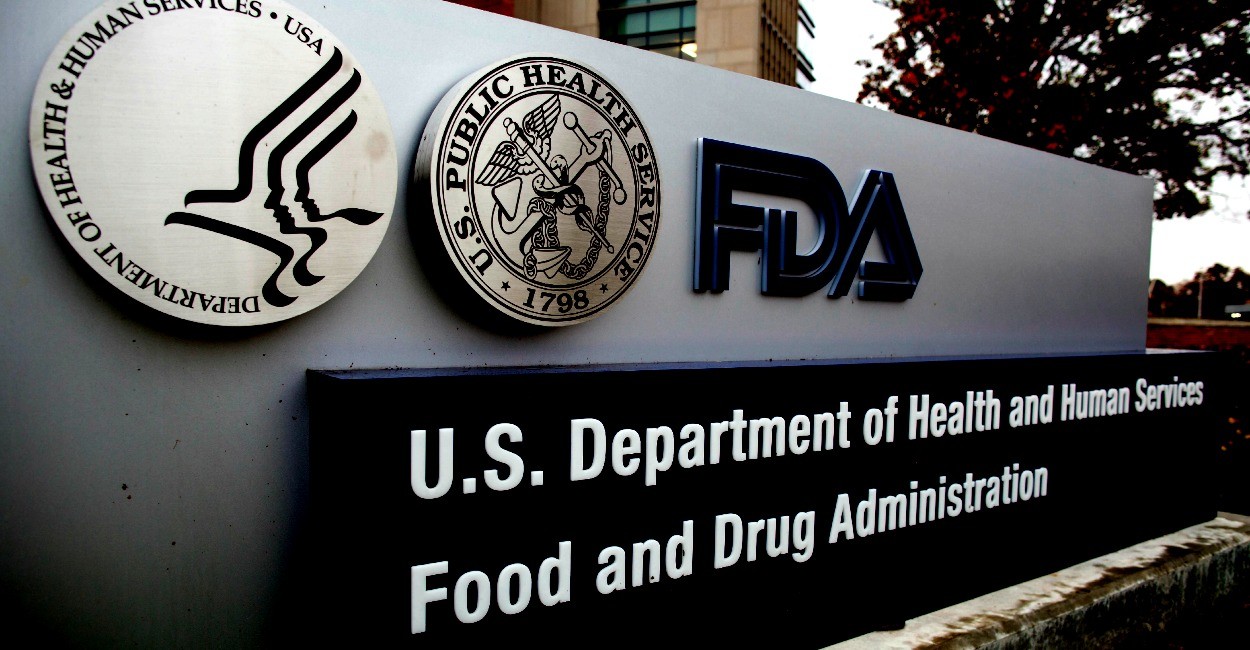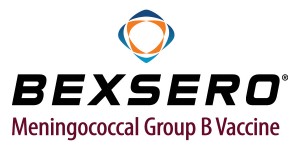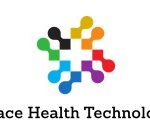Fentanyl-related Overdoses Sweeping the Northeast
Fentanyl, which killed music legend Prince, killed more people in Virginia in 2015 than any other prescription painkiller. Legally purchased fentanyl rose only 10 percent from 2007 to 2014, yet annual death rates nearly tripled in that time, rising from 48 to 134  deaths each year. Fentanyl was responsible for 221 deaths in Virginia, more than any other opioid except for heroin.
deaths each year. Fentanyl was responsible for 221 deaths in Virginia, more than any other opioid except for heroin.
The problem extends well beyond the borders of Virginia. On August 15, 2016, 26 people overdosed in less than four hours in Huntington, W. VA., a small city of just 50,000 that usually sees only two or three overdoses in a day. Pending toxicology results, officials there suspect heroin laced with fentanyl.
More than 80 percent of fentanyl seizures in 2014 occurred in 10 states, according to the National Drug Early Warning System(NDEWS), with most being in the eastern United States. These states are:
- Ohio
- Massachusetts
- Pennsylvania
- Maryland
- New Jersey
- Kentucky
- Virginia
- Florida
- New Hampshire
- Indiana
About Fentanyl
Fentanyl is an opioid, so it has the same physiological and psychological effects as morphine, codeine and heroin. It works by causing neurological changes that relieve pain and cause a pleasant euphoria.
It is a synthetic opioid, which means fentanyl has the same chemical structure as opium and other opiates made from the poppy plant but chemists create fentanyl in a laboratory instead of extracting it from the plant. Synthesizing opioids allows the chemists to drugs that are much stronger than are their natural counterparts.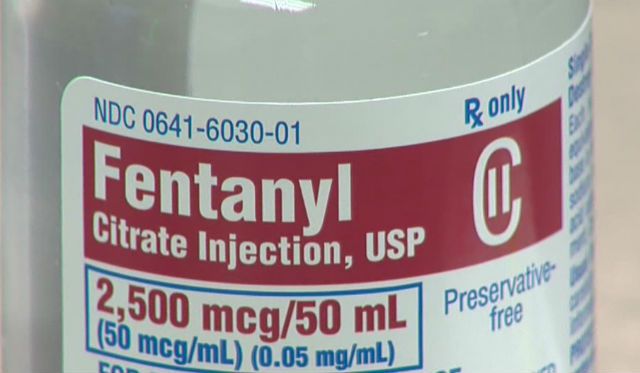
Doctors prescribe fentanyl to treat chronic pain. Pharmaceutical fentanyl is available a variety of forms, such as patches, lozenges, tablets and film. Illicitly produced, non-pharmaceutical fentanyl is available in powder form, which the user can snort or inject, or in pill form.
A growing number of individuals are using fentanyl for its intense, albeit short-term high and temporary feelings of euphoria. It has become a black-market drug rivaling heroin; this is especially true now that Mexican and South American cartels started making the drug in underground labs.
People who use heroin may now unwittingly buy fentanyl or heroin mixed with fentanyl, which means they are consuming considerably stronger drugs than they realize. Even small amounts of fentanyl can be lethal, so using it as heroin or mixing it with heroin can cause a quick overdose.
Carfentanil – A New, More Potent Type of Fentanyl
Designer drugs, also known as analogs, mimic the pharmacological effects of the drug. Fentanyl has many analogs, including carfentanil (also spelled carfentanyl), one of the most potent opioids ever created. At about 100 times stronger than fentanyl and 10,000 times stronger than morphine, carfentanil is a potent elephant tranquilizer – it takes only 2 milligrams to knock out a 2,000-pound elephant – and it is now showing up in heroin.
Officials in Hamilton County, OH., issued a public health statement in July 2016 after 25 people in Akron overdosed in a 3-day period  and nine people in Columbus overdosed in a 9-hour window; four people died from those overdoses in Akron and two more died in Columbus. Officials have recently discovered carfentanil in local supplies of heroin there. “This discovery is ominous for those with the disease of addiction, as well as for first responders, hospital teams, law enforcement and those striving to reverse overdoses,” said Hamilton County Health Commissioner, Tim Ingram. “We issued a public health alert this morning to emergency departments and nurses, first responders and clinical staff working with substance abusers and it is crucial that we get this message out to everyone who is in contact with heroin users in our area.”
and nine people in Columbus overdosed in a 9-hour window; four people died from those overdoses in Akron and two more died in Columbus. Officials have recently discovered carfentanil in local supplies of heroin there. “This discovery is ominous for those with the disease of addiction, as well as for first responders, hospital teams, law enforcement and those striving to reverse overdoses,” said Hamilton County Health Commissioner, Tim Ingram. “We issued a public health alert this morning to emergency departments and nurses, first responders and clinical staff working with substance abusers and it is crucial that we get this message out to everyone who is in contact with heroin users in our area.”
Source:
https://ndews.umd.edu/sites/ndews.umd.edu/files/NDEWSSpecialReportFentanyl12072015.pdf
https://pubchem.ncbi.nlm.nih.gov/compound/carfentanil
http://www.elephantcare.org/Drugs/carfenta.htm
http://www.hamiltoncountyhealth.org/files/files/Press%20Releases/Carfentanil_7_15_2016.pdf
Frank Magliochetti is Managing Partner for Parcae Capital.
-
North Andover, Massachusetts
This column of posts is directed at the Healthcare Industry. Frank plans to release a new site dedicated to the industry. He currently assists companies who are building, restructuring, transforming and resurrecting there business’s. An example of his client base are, Xenetic Biosciences , IPC Medical Corp, Just Fellowship Corp, Environmental Services Inc., Parsons Post House LLC, ClickStream Corporation as well as having a business talk radio show; The Business Architect on the URBN network.
